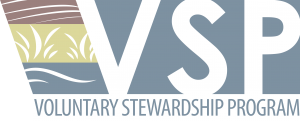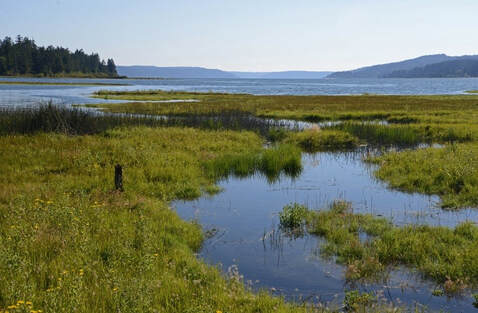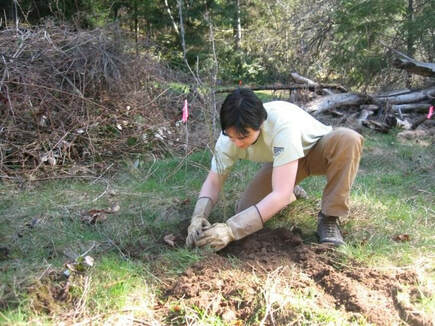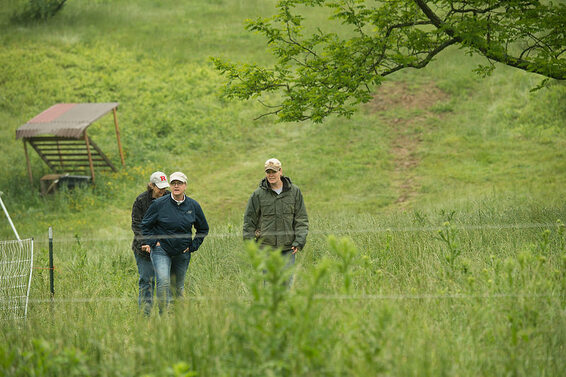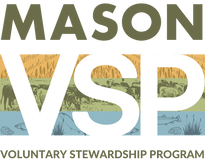“… helping local farmers voluntarily conserve our natural resources through good stewardship practices …”
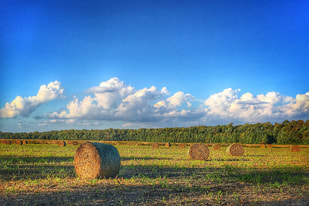
ENACTED by under the Growth Management Act in 2011, the Voluntary Stewardship Program (VSP) is an alternative to traditional top-down regulations for the protection of critical areas on agricultural land. The framework of this program is characterized by choices at the county and landowner level. In those places where agricultural activities intersect with sensitive critical areas the Program promotes incentives for agricultural landowners and operators to voluntarily enhance the condition of those areas through restoration projects and farm management practices.
Mason County has opted in to the VSP and reached out to stakeholders forming the VSP Watershed Work Group to prepare a Work Plan to include goals and benchmarks for protection and enhancement of critical areas through Individual Stewardship Plans, while also maintaining and enhancing the long-term viability of agriculture and reducing the conversion of farmland to other uses. Mason County has opted in to the VSP and reached out to stakeholders forming the VSP Watershed Work Group to prepare a Work Plan to include goals and benchmarks for protection and enhancement of critical areas through Individual Stewardship Plans, while also maintaining and enhancing the long-term viability of agriculture and reducing the conversion of farmland to other uses.
An Individual Stewardship Plan, or ISP, identifies agricultural activities and conservation practices that promote agricultural business viability while protecting and voluntarily enhancing critical areas. Completing an ISP checklist is the first step to helping the agricultural community in Mason County to meet its participation standards under the Program. This ISP checklist will be used to assess the needs of the individual as well as trends in implementation of practices that support agricultural viability and critical area protection at a broader level. The individual results of this checklist will be held in confidentiality by the Mason Conservation District.
|
What are Critical Areas?
The Program recognizes five different critical areas according to the Growth Management Act, and these include: critical aquifer recharge areas (CARA), frequently flooded areas, wetlands, fish & wildlife habitat conservation areas, and geologically hazardous areas (landslide, seismic and erosion hazards). |
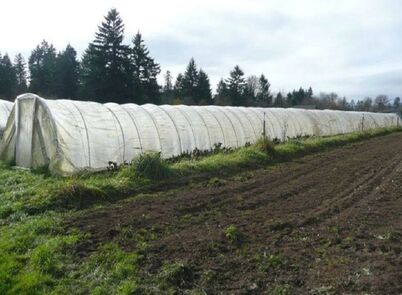
Who is eligible?
This program is not limited to farmers and not limited to land that is either designated agriculture or taxed as agriculture. The program is about the activity on the land; qualifying agricultural activities include:
This program is not limited to farmers and not limited to land that is either designated agriculture or taxed as agriculture. The program is about the activity on the land; qualifying agricultural activities include:
- producing, breeding, or increasing agricultural products;
- rotating and changing agricultural crops;
- allowing land used for agricultural activities to lie fallow in which it is plowed and tilled but left unseeded;
- allowing land used for agricultural activities to lie dormant as a result of adverse agricultural market conditions;
- allowing land used for agricultural activities to lie dormant because the land is enrolled in a local, state, or federal conservation program, or the land is subject to a conservation easement;
- conducting agricultural operations;
- maintaining, repairing, and replacing agricultural equipment;
- maintaining, repairing, and replacing agricultural facilities, provided that the replacement facility is no closer to the shoreline than the original facility; or
- maintaining agricultural lands under production or cultivation.
NOTE: Under this program agricultural products INCLUDE MARIJUANA, but DO NOT INCLUDE AQUACULTURE.
|
What does it do?
The program’s goal is to promote plans that protect and enhance critical areas within the area where agricultural activities are conducted, while maintaining and improving the long-term viability of agriculture in the state of Washington and reducing the conversion of farmland to other uses. It focuses on maximizing voluntary incentive programs to encourage good riparian and ecosystem stewardship as an alternative to historic regulatory approaches used to protect critical areas. |
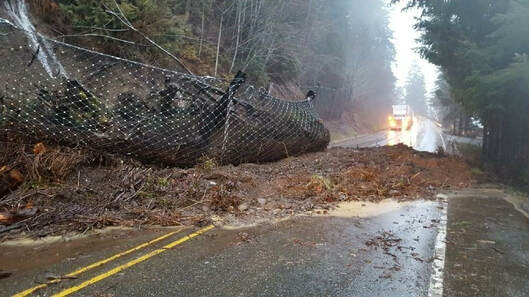
What doesn’t it do?
The VSP regulations as adopted under the Growth Management Act provide an alternative approach to protecting critical areas outside the Resource Ordinance, however this option is only afforded to agricultural activity.
Additionally, there are sections of the Resource Ordinance that will remain in place for the protection of human life and personal property, as well as all other County regulations. These include:
The VSP regulations as adopted under the Growth Management Act provide an alternative approach to protecting critical areas outside the Resource Ordinance, however this option is only afforded to agricultural activity.
Additionally, there are sections of the Resource Ordinance that will remain in place for the protection of human life and personal property, as well as all other County regulations. These include:
- Resource Ordinance Sections 8.52.140 (Landslide Hazard Areas) and 8.52.150 (Seismic Hazard Areas)
- Mason County Flood Damage Prevention Code
- Mason County State Building Codes
- Mason County Development Regulations
- Mason County Shoreline Master Program Use Regulations
Hwy 101 Landslide
All other applicable state and federal laws, including the Federal Clean Water Act, the Washington Water Pollution Control Act (RCW 90.48), the U.S. Endangered Species Act, and the Washington State Environmental Policy Act remain in full force and effect
Do I have to participate?
The VSP depends completely on voluntary participation. It relies on “voluntary” stewardship as the primary method of protecting critical areas and may not require the interruption or termination of legally existing agricultural activities. Nothing in the VSP statutes requires participation from agricultural operators.
The program is not to be administered in a manner that prevents operator eligibility for environmental incentives, and agricultural operators volunteering to participate may withdraw from the program at any time. Also, VSP may not require participating operators who voluntarily enter conservation contracts to protect or enhance critical areas to continue such voluntary measures after expiration of the applicable contract.
The VSP depends completely on voluntary participation. It relies on “voluntary” stewardship as the primary method of protecting critical areas and may not require the interruption or termination of legally existing agricultural activities. Nothing in the VSP statutes requires participation from agricultural operators.
The program is not to be administered in a manner that prevents operator eligibility for environmental incentives, and agricultural operators volunteering to participate may withdraw from the program at any time. Also, VSP may not require participating operators who voluntarily enter conservation contracts to protect or enhance critical areas to continue such voluntary measures after expiration of the applicable contract.
How do I get involved?
The Mason Conservation District has been appointed by the Mason County Board of Commissioners to implement the Program and provide technical assistance. District staff can perform a site visit to verify the actual extent and location of critical areas on your property and help you determine the best conservation practices for maintaining or improving the long-term viability of your agricultural operation. There is a checklist the District has prepared based on the Program and designed to help evaluate your needs. The checklist is available at the Permit Assistance Center of the Mason County Department of Community Services, at the Mason Conservation District, and on line at www.masoncd.org/vsp.
The Mason Conservation District has been appointed by the Mason County Board of Commissioners to implement the Program and provide technical assistance. District staff can perform a site visit to verify the actual extent and location of critical areas on your property and help you determine the best conservation practices for maintaining or improving the long-term viability of your agricultural operation. There is a checklist the District has prepared based on the Program and designed to help evaluate your needs. The checklist is available at the Permit Assistance Center of the Mason County Department of Community Services, at the Mason Conservation District, and on line at www.masoncd.org/vsp.
The mission of the VSP is to create a voluntary stewardship plan which protects critical areas while maintaining and enhancing the viability of agriculture.
|
Justin Bennett
For more information: Voluntary Stewardship Program Coordinator Mason Conservation District (360) 280-1857 www.masoncd.org [email protected] |
|
Mason Conservation District
450 W Business Park RD Shelton, WA 98584 Phone: (360) 427-9436 Fax: (360) 427-4396 |
|

